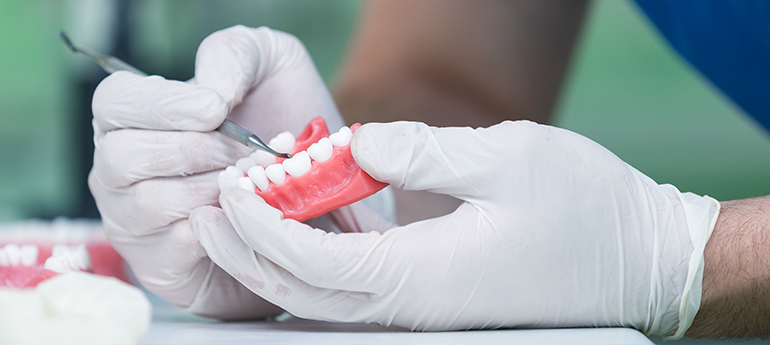 Tooth Colored Restorations
Tooth Colored Restorations
We use a tooth-colored compound to repair teeth that have broken or decayed. They are durable and esthetic, and because less of your tooth structure is removed, it is a conservative treatment to restore form and function to your mouth.
Single Visit Crowns (CEREC)
Single visit crowns (CEREC) is a sophisticated CAD/CAM system for the production of all-ceramic crowns. Some of the benefits of this technology include: one visit, no impressions, and no temporaries, metal-free, highly aesthetic and long lasting. Modern CAD/CAM technology with CEREC makes this possible. At your next dental visit, ask us about CEREC crowns and we’ll be glad to advise you on the best choice for you!
Root Canals
When decay or fracture enters the nerve chamber of the tooth, root canal therapy is needed. The diseased tissue is removed in an efficient and comfortable process. Root cancel therapy can maintain the tooth in the mouth and can be less costly than an artificial replacement.
 Extractions
Extractions
When a tooth is badly decayed or abscessed, tooth removal may be needed. We can remove the tooth in a comfortable and efficient manner. We will also talk about replacement options to restore your bite so the other teeth do not drift or erupt and change how you bite together.
Implants
Dental implants are artificial tooth replacement when a tooth has been lost due to disease, injury or malformation. Implants integrate within your jaw after a certain amount of time. We restore the implant with crowns, bridges or dentures to improve your bite. Implants are an extremely successful and predictable choice to replace and restore your bite.
Dentures

Partial Dentures
A removable partial denture replaces missing teeth with plastic teeth and hooks around your remaining natural teeth to hold it in place. This denture can be made entirely of plastic, or both plastic and metal, depending upon your preferences and dental treatment plan. Partial dentures are often less expensive than implants or bridges, but are not as retentive and put extra force on your natural teeth. You may need to remove your partial denture to rinse it after eating in order to reduce the risk of getting cavities on your natural teeth. We also recommend that a partial denture be removed at night to help your gum tissue stay healthy. It will take time to adjust to talking and eating with your partial denture, and you may never have the chewing ability you did with your natural teeth.
Complete Dentures
If you are missing all of your top or bottom teeth, a full denture is one option for replacing them. Full dentures consist of plastic teeth held in place by a pink plastic base. Full dentures will allow you to smile again, and will improve chewing ability in comparison to no teeth, but can usually only generate about 1/4 the chewing force that you are able to achieve with natural teeth. A complete conventional denture relies on remaining bone and the roof or your mouth to stay in place. Denture adhesive is sometimes necessary to keep full dentures in place, especially on the bottom. We recommend removing complete dentures at night so your gum tissue stays healthy.
Implant-Retained Dentures
You may also choose to have implants placed in both the top and bottom jaw to help hold your dentures in place. After 4-6 months of healing, during which you wear a regular complete denture, snaps are placed into the implants and your denture. This allows the implants to help hold your denture in place and also preserves your natural bone better than a regular complete denture. If four or more implants are placed in the top of your mouth, your denture will not need to cover the roof of your mouth, improving your sense of taste and ability to speak as you always have. You can still remove your denture to clean it, and it is still recommended that you remove your denture at night.
Implant-Supported Dentures
Also known as “all-on-four”, patients who qualify for this treatment can often have their teeth extracted, implants placed, and a temporary fixed denture placed all in one day while under general anesthesia at the oral surgeon’s office. After healing, a long-term fixed denture is made at our office. The fixed denture does not need to cover the roof of your mouth. The denture is screwed into your implants so that you cannot remove it yourself. Your dentist is able to remove the denture for cleaning or repairs using special implant instruments. You will need to brush and floss your fixed implant denture two to three times daily to maintain implant and tissue health.
Contact us with your questions about dental restoration